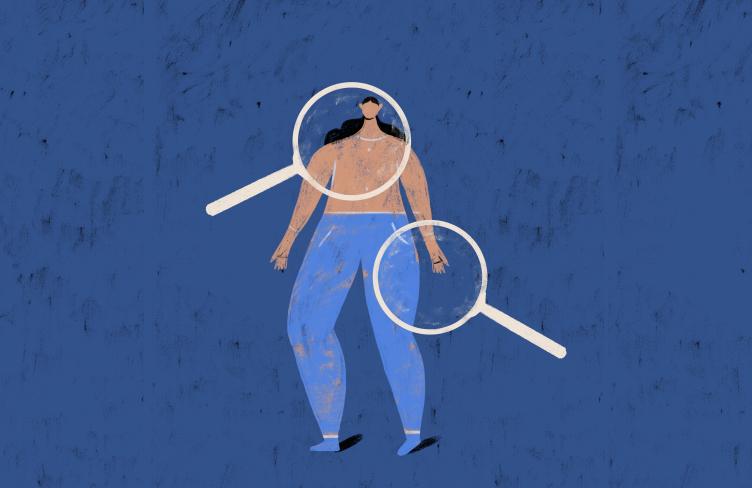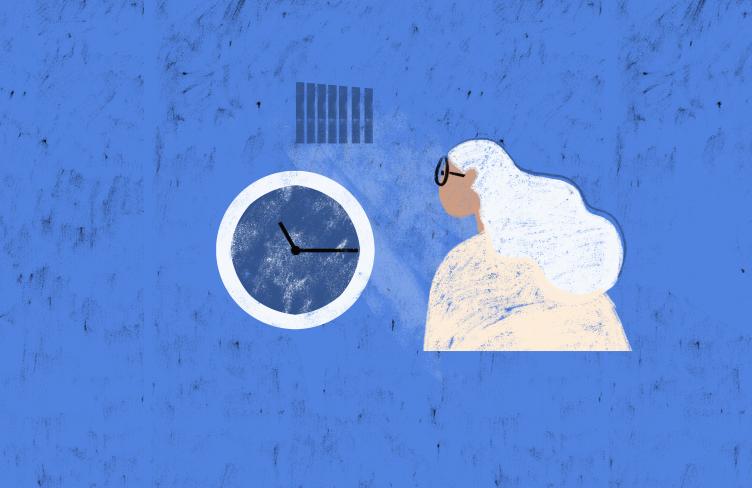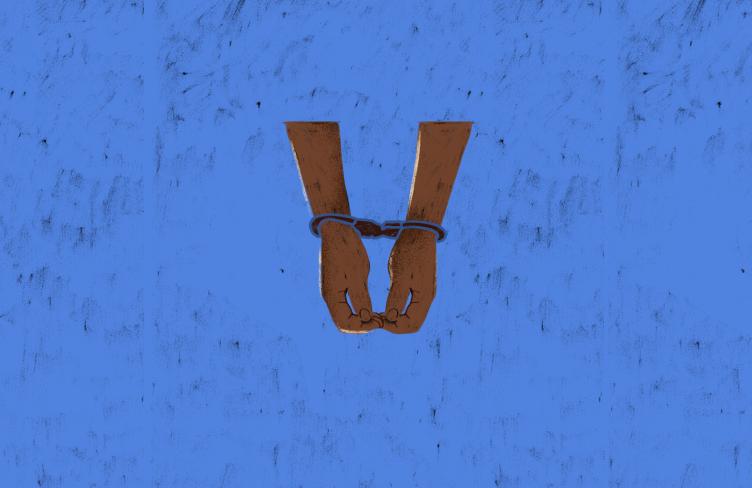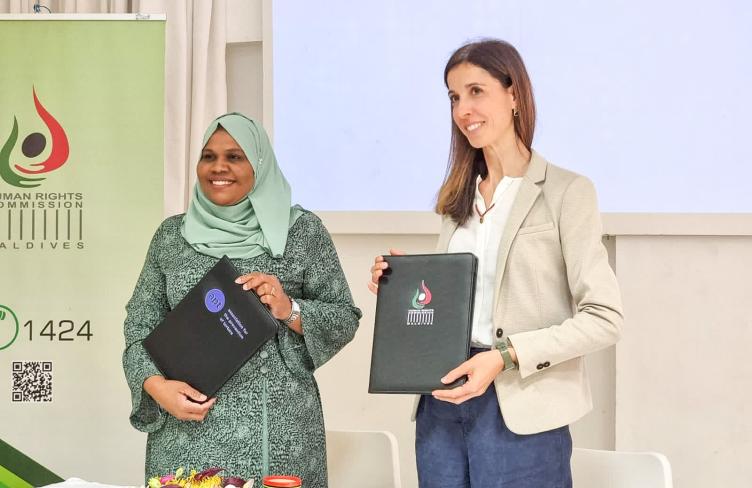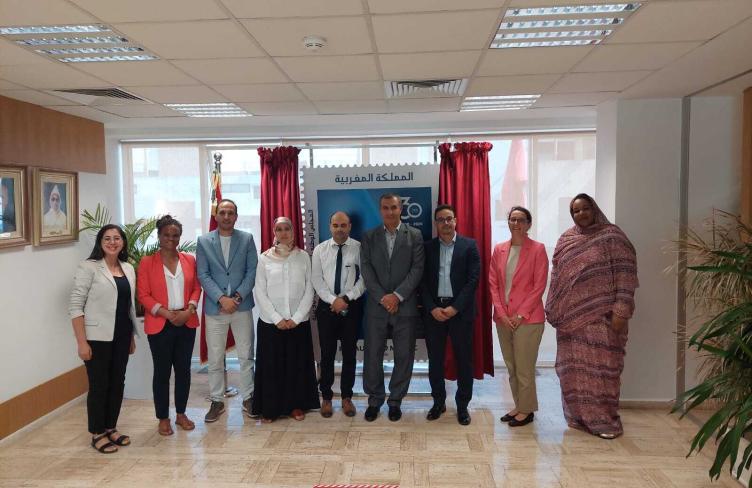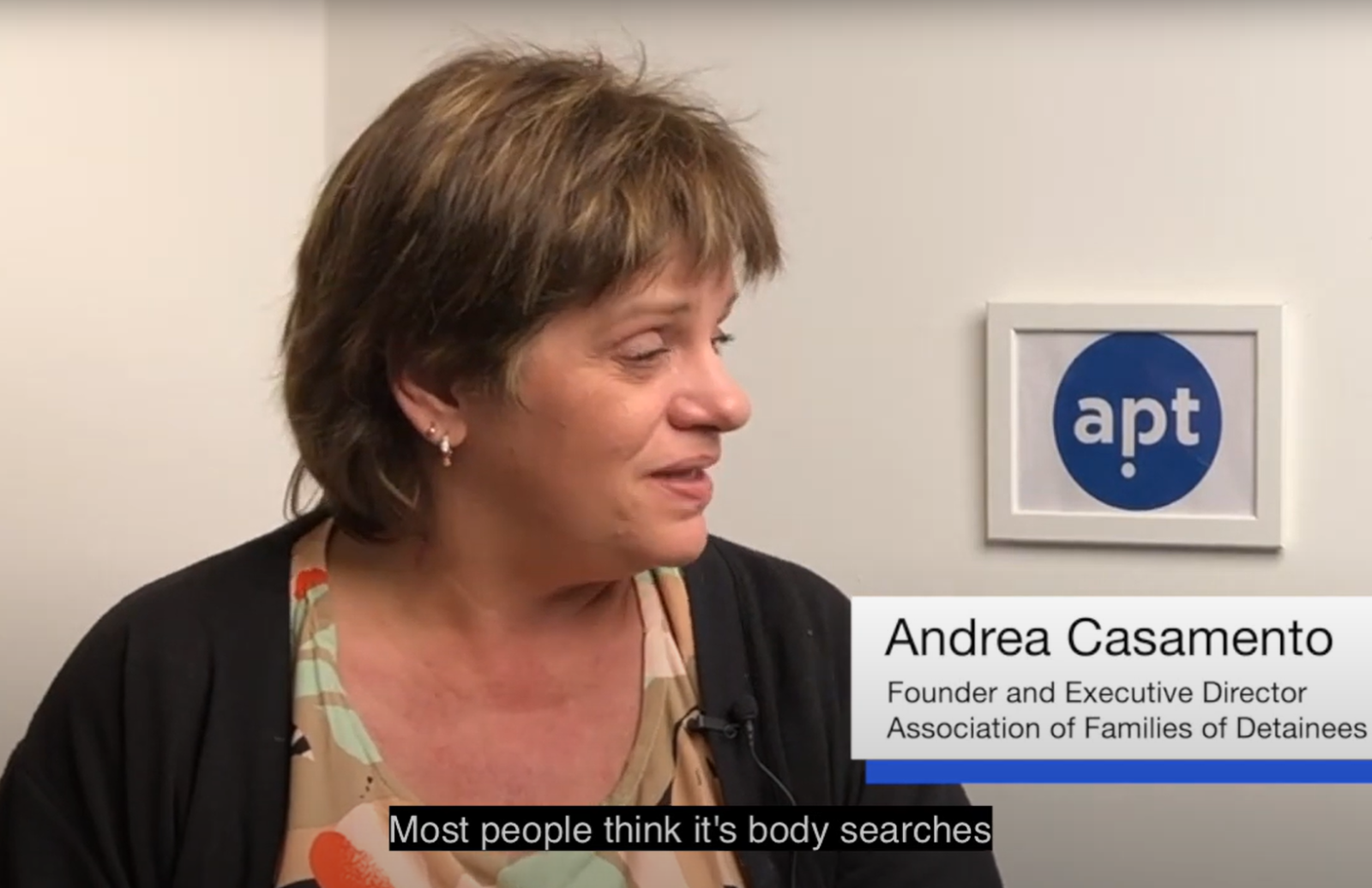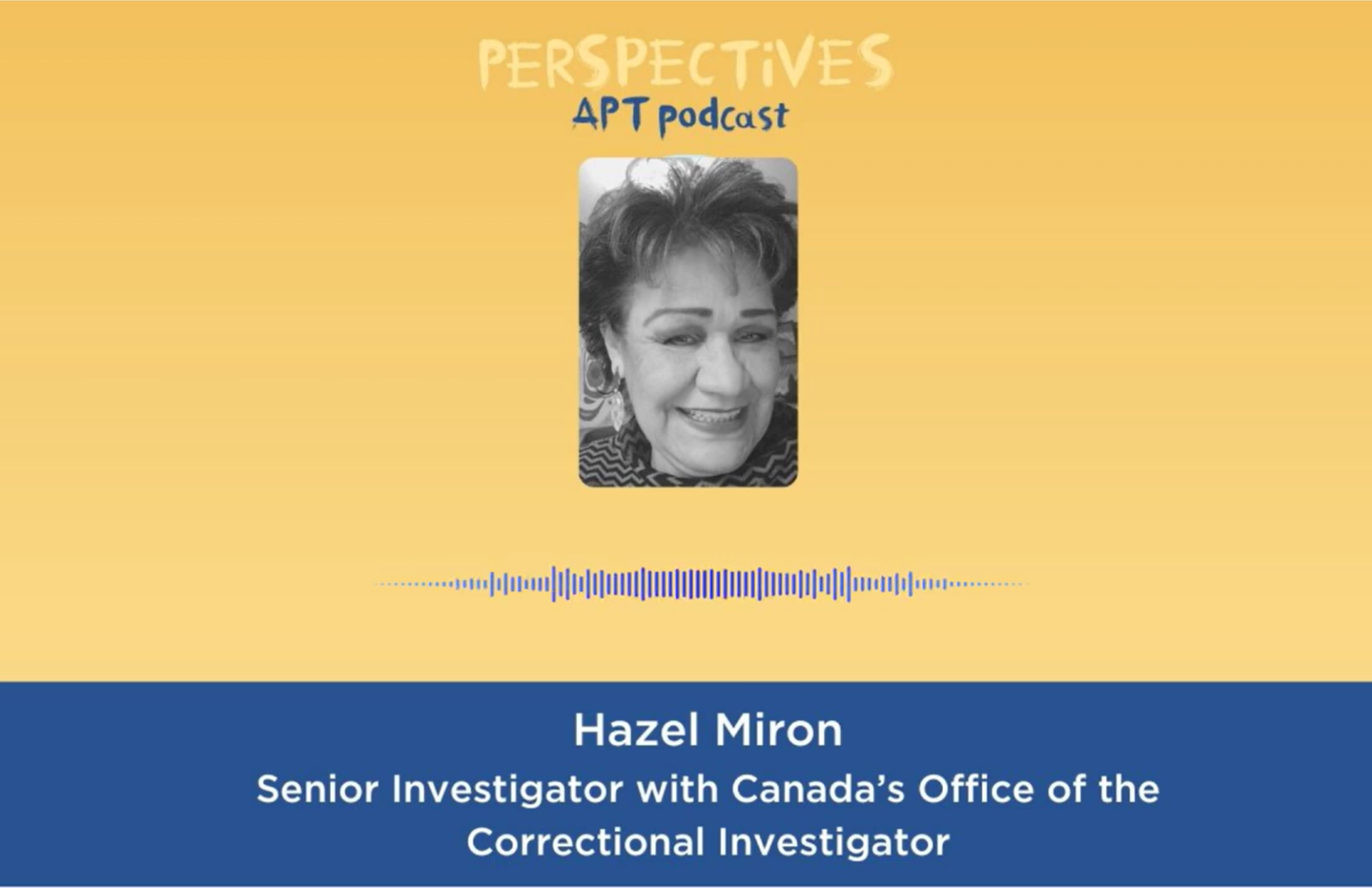
Over the past ten years, the number of women imprisoned globally has grown by 50%. Many have a history of victimisation, poverty, discrimination and mental health problems. Many are mothers or carers.
Behind bars, all women can face discrimination, violence and harassment. Trans women are especially vulnerable.
There are alternatives to detaining women. And there are better ways to manage prisons.
Our three-year project aims to address the manifestation, gender-based root causes and intersectional factors of abuse and risky practices against women.
Testimonies from changemakers
Andrea Casamento, founder of Prisoners’ Families Association of Argentina, (ACIFAD) and member of the Subcomittee for the Prevention of Torture, describes how women family members often “normalise” abusive body searches. They have been conditioned to believe that it is the price one must pay for seeing a relative in prison.
Nevertheless, alternatives are available. Body scanners and ION scanners are an effective and non-invasive alternative to body searches respects the dignity of women visitors. Family associations, like Andrea’s, are actors for change and play a fundamental role to make this alternative a reality.
Hazel Miron is a Senior Investigator with Canada’s Office of the Correctional Investigator. During a career spanning three decades, Hazel has worked both within detention facilities and now as a detention monitor. She is a proud Cree woman and a member of the Sucker Creek First Nation.
She uses her indigenous knowledge and culture to connect with and support indigenous women and men deprived of liberty. She is also a strong advocate for reforming detention policies and approaches to better reflect the needs and experiences of indigenous peoples.
Rebecca Minty, Deputy Inspector with the Office of the Australian Capital Territory Inspector of Correctional Services shares insights into an inquiry her office completed in 2021 into the case of an Aboriginal woman detainee who was forcibly strip searched.
The report found that the woman’s human rights were breached and made a series of recommendations for change.

